Essay by Kwon Hyuk-san
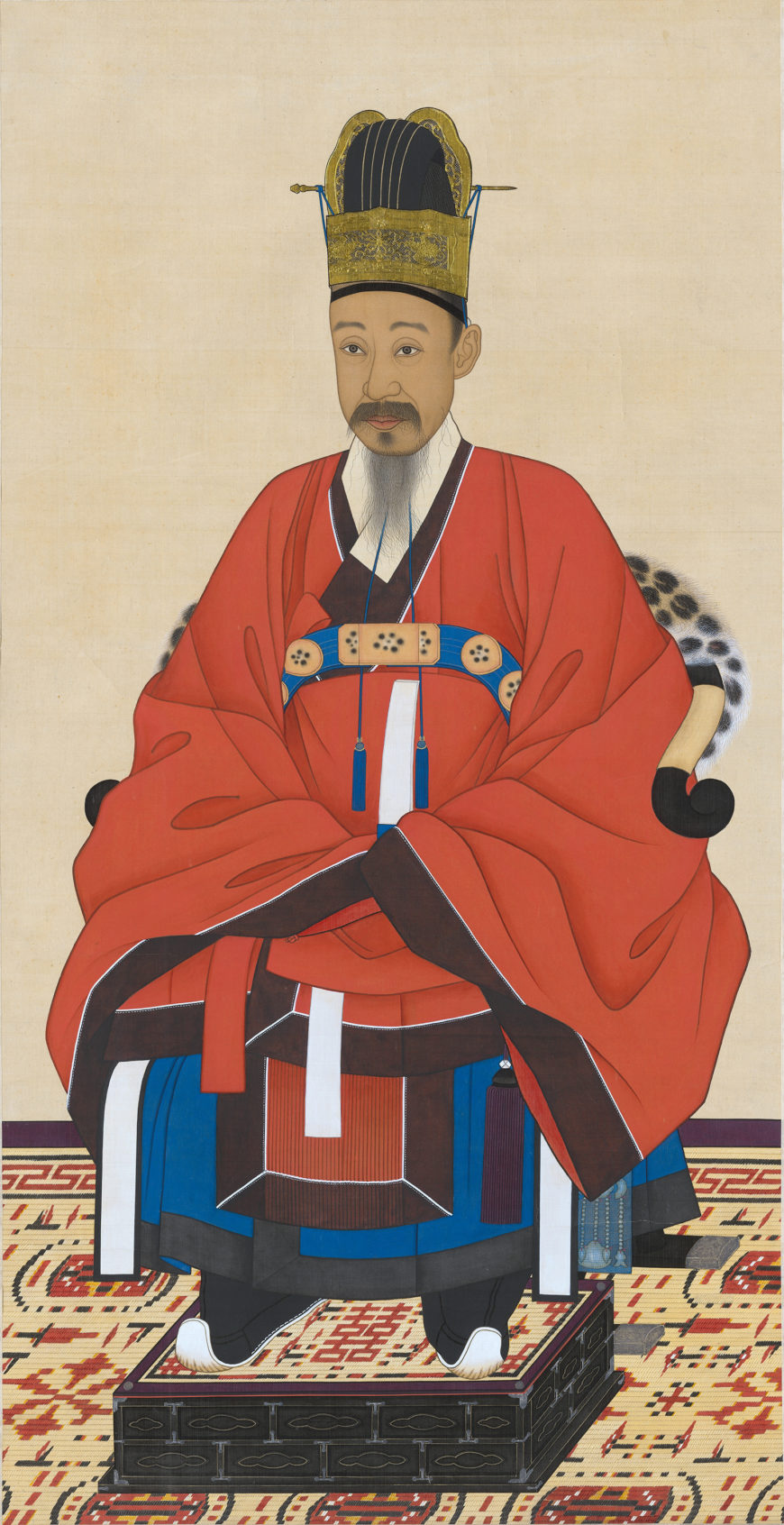
Portrait of Yi Haeung, c. 1869 (Joseon), silk hanging scroll, 132 x 67.9 cm, Treasure 1499-2 (National Museum of Korea)
One of the most important political figures of the mid- to late Joseon period was Regent Heungseon Daewongun, also known by the title of Yi Haeung, who ruled as regent of the nation from 1864 to 1873 while his son, the future King Gojong, came of age. At the height of his power, Yi Haeung was immortalized in this portrait, which is now recognized as one of the representative portraits of a literati scholar from the late Joseon period. Significantly, this is one of two very similar portraits that show Yi Haeung dressed in his most formal attire, known as “geumgwan jobok” (金冠朝服本). Moreover, there are four other similar portraits showing the regent wearing different outfits, which are respectively known as the “heukdallyeongpo” version (黑團領袍本), “waryonggwan hakchangui” version (臥龍冠鶴氅衣本), “heukgeon cheongpo” version (黑巾靑袍本), and “bokgeon simui” version (幅巾深衣本). In addition, many photos of Regent Heungseon Daewongun wearing these different types of clothing have survived, making these portraits important resources for research.
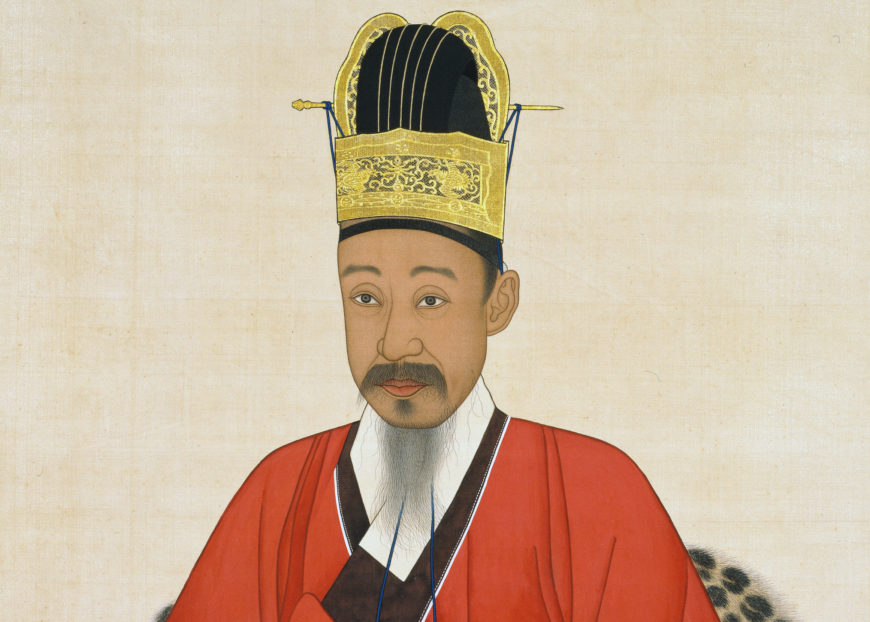
Detail, Portrait of Yi Haeung, c. 1869 (Joseon), silk hanging scroll, 132 x 67.9 cm, Treasure 1499-2 (National Museum of Korea)
Father of a king and master of orchid paintings

Yi Haeung, Orchids, 19th century (Joseon), 172 x 30.5 cm (National Museum of Korea)
Yi Haeung was the father of King Gojong, who later became Emperor Gojong. During the Joseon period, when a king died without having any legitimate sons, another member of the royal family would be named as king. In such case, the father of the new king received the title of “Daewongun.” In 1864, after King Cheoljong died without leaving a male heir, the future King Gojong was chosen to ascend to the throne, but he was only twelve years old at the time. Thus, his father was declared “Regent Heungseon Daewongun” (興宣大院君) and granted the power to rule in his son’s stead. In the history of Joseon, four different men received the title of “Daewongun,” but Regent Heungseon Daewongun was the only one of the four to receive the title while he was still alive; the other three were given the title posthumously.
While his son came of age, Regent Heungseon Daewongun enjoyed power for about ten years, exerting a strong influence on every aspect of Joseon society, from politics to diplomacy to religion and art. He was a connoisseur of calligraphy and paintings, as well as an excellent calligrapher and artist in his own right, gaining particular acclaim for his masterful paintings of orchids.
Works by the finest portraitists of the era
Portrait of Yi Haeung from the National Museum of Korea is designated as Treasure 1499-2. Although the painting does not have an inscription providing information about the artist or sitter, some details can be ascertained from an almost identical painting, Portrait of Yi Haeung from the Seoul Museum of History (designated as Treasure 1499-1). Both works depict Yi Haeung in a “geumgwan jobok,” and they are virtually identical in terms of the iconography, style, and technique. Significantly, the portrait from Seoul Museum of History has an inscription on the upper right, which is believed to have been written by Yi Haeung himself. It reads:
In the early summer of the gisa year, when I turned fifty, I wrote this annotation.
Painters: Yi Hancheol and Yu Suk, Mounting: Han Hongjeok(余年五十己巳肇夏自題 畵士 李漢喆 劉淑 粧䌙 韓弘迪)
Based on this inscription and the similarity of the two works, the portraits from Seoul Museum of History and from the National Museum of Korea are both thought to have been produced by Yi Hancheol and Yu Suk, who were the two most renowned portraitists of the time.
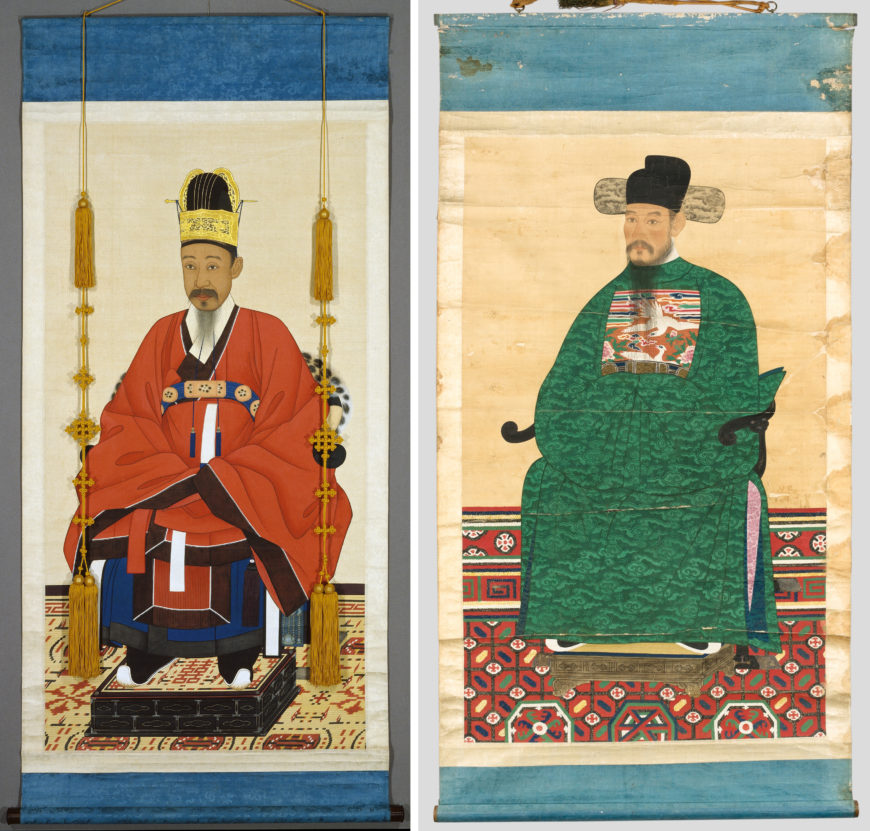
Comparison between Portrait of Yi Haeung and a mid-Joseon gongsin portrait. Left: Portrait of Yi Haeung, c. 1869 (Joseon), silk hanging scroll, 168.5 x 77 cm (with mounting), Treasure 1499-2 (National Museum of Korea); right: Portrait of Heo Seon, c. 17th century (Joseon), silk hanging scroll, 173 x 102.8 cm (National Museum of Korea)
Reflecting the past and present
In some regards, the portrait from the National Museum of Korea follows the tradition of Joseon portraits from the seventeenth or eighteenth century, but it also exemplifies changes in the style of portraiture from the late nineteenth century. To be specific, the work shows the dual influence of mid-Joseon portraits of “gongsin” and late Joseon portraits of literati scholars. Like most “gongsin” portraits, the seated subject is depicted from a slight angle, showing about three-quarters of his face, with his hands clasped inside the sleeves and his feet propped on a footrest. A leopard skin is draped across the back of the chair, while the floor is covered with straw mats with a floral design.
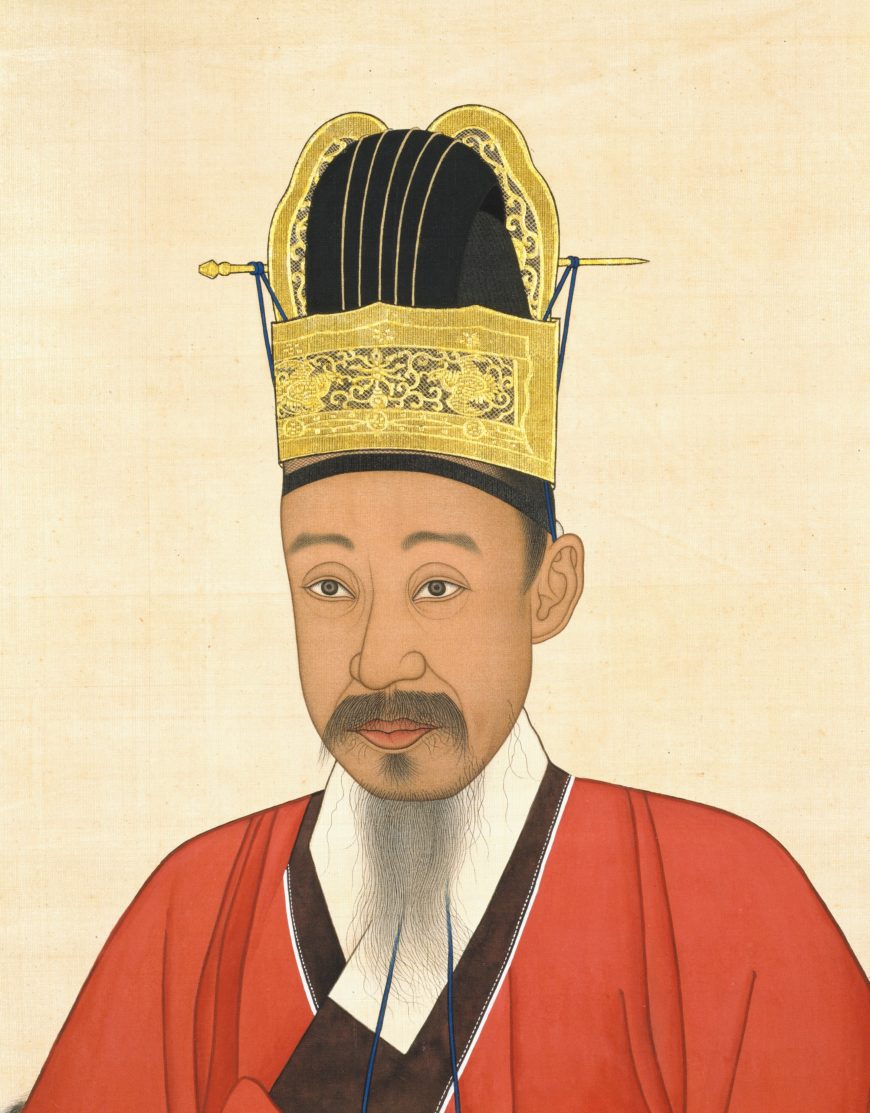
Detail, Portrait of Yi Haeung, c. 1869 (Joseon), silk hanging scroll, 132 x 67.9 cm, Treasure 1499-2 (National Museum of Korea)
On the other hand, the powerful and highly realistic depiction of the face reflects the contemporaneous style of portraiture. In portraits of the seventeenth century, the rendering of the face tends to be rather brief, conveying the shape of the facial features with simple shading. In the eighteenth century, the texture and tone of the skin was more carefully depicted through subtle strokes from a fine brush, bringing new dimensionality to the faces. Showing the progression of that trend, this portrait shows excellent shading and texture with minute brushstrokes that are almost invisible to the naked eye.
In addition, most “gongsin” portraits show the sitter wearing the casual attire of a government official, known as “heukdallyeongpo” (黑團領袍), while literati portraits of the late period usually present the sitter in the everyday clothes of a scholar, called “simui” (深衣). In this portrait, however, Yi Haeung is wearing his most formal and decorative attire, called “geumgwan jobok” (金冠朝服), which was usually reserved for holidays or important ceremonies. The mere presence of such a resplendent outfit sets this portrait apart from earlier works. In particular, the metallic sheen and elegant design of the official hat, the harmony between the bright red and navy blue colors, and the ornate straw mats convey a degree of extravagance that is not generally seen in portraits of the previous era.
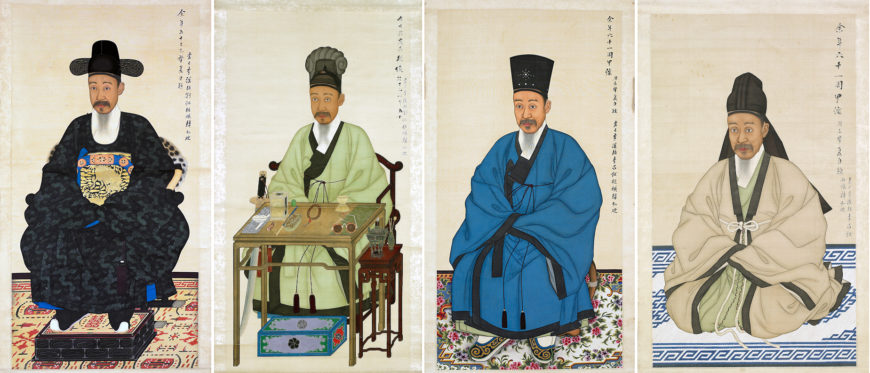
Versions of Portrait of Yi Haeung (from left to right, dimensions include mounting): “Heukdallyeongpo” Version (黑團領袍本), 170.2 x 77.1 cm; “Waryonggwan Hakchangui” Version (臥龍冠鶴氅衣本), 169.9 x 77.4 cm; “Heukgeon Cheongpo” Version (黑巾靑袍本), 170.5 x 75 cm; and “Bokgeon Simui” Version (幅巾深衣本), 153.2 x 75.7 cm. Treasure 1499-1 (Seoul Museum of History)
Portraits as symbols of wealth and power
As mentioned, Yi Haeung was depicted in multiple portraits wearing different outfits. During the Joseon period, it was not unusual to make multiple copies of the same portrait, but the production of several different versions of a portrait was very rare. Although records indicate that some Joseon kings had multiple versions of their royal portrait painted, there are almost no extant portraits to confirm such practice.
In addition to the two portraits of Yi Haeung in geumgwan jobok, four other similar portraits depict him wearing different outfits. While his face and posture are virtually the same in each portrait, his clothing, the floor covering, and the other featured items are different in each painting. Portraits of Yi Haeung wearing (respectively) a “heukdallyeongpo” and “waryonggwanhak changui” were painted when he was fifty years old, while portraits of him wearing (respectively) a “heukgeon cheongpo” version and “bokgeon simui” were produced when he was sixty-one. Why would he have gone to the trouble and expense of having so many versions of his portrait painted? Unlike most sitters, who were content with having identical copies of a portrait, Regent Heungseon Daewongun may have wished to emphasize his power and authority by having different versions of his portrait produced, a privilege that had previously been granted only to kings.
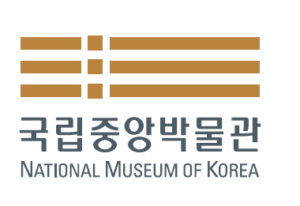
Additional resources
Read this essay and learn more on the National Museum of Korea’s website.

